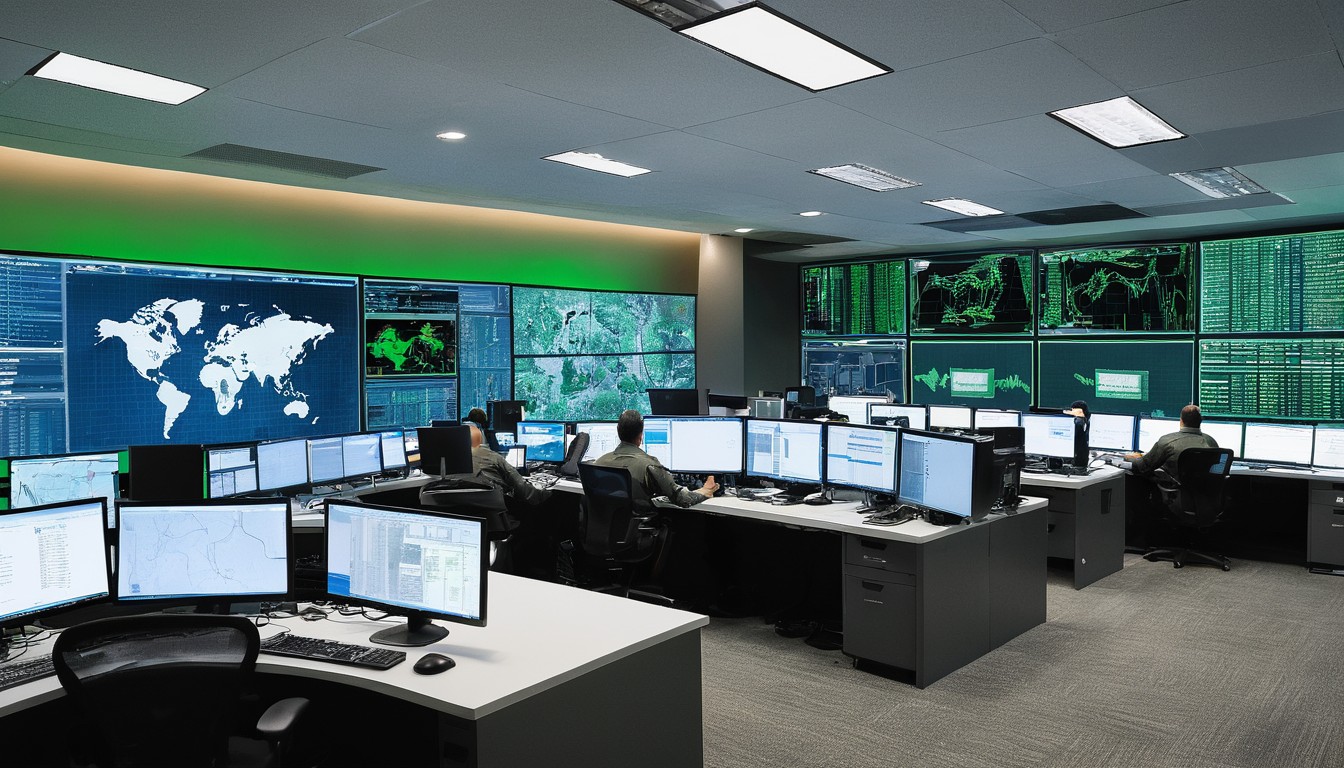Critical infrastructure, such as power plants, water treatment facilities, and transportation systems, plays a vital role in our daily lives. Securing these assets against cyber threats is paramount, and Security Operations Centers (SOCs) are at the forefront of this effort. At SafeNet, we understand the unique challenges of securing critical infrastructure and have developed specific SOC considerations to address them.
The Importance of Securing Critical Infrastructure
Critical infrastructure is often a target for cyber attacks due to its importance to public safety and national security. A successful cyber attack on critical infrastructure could have devastating consequences, leading to service disruptions, economic losses, and even loss of life. Securing critical infrastructure requires a multi-faceted approach that involves robust cybersecurity measures and proactive threat intelligence.
SOC Considerations for Securing Critical Infrastructure
- Asset Identification: The first step in securing critical infrastructure is to identify all assets, including legacy systems and IoT devices, that could be potential targets for cyber attacks. This requires comprehensive asset inventory and continuous monitoring.
- Vulnerability Management: Critical infrastructure is often comprised of complex, interconnected systems that may have vulnerabilities. SOC teams must regularly scan for vulnerabilities and prioritize patching based on the criticality of the asset.
- Network Segmentation: Segmenting critical infrastructure networks helps contain the impact of a cyber attack. SOC teams should implement strict access controls and monitor traffic between segments for any suspicious activity.
- Incident Response Planning: SOC teams should develop and regularly test incident response plans specific to critical infrastructure. These plans should include procedures for quickly identifying, containing, and mitigating the impact of a cyber attack.
- Collaboration and Information Sharing: Given the interconnected nature of critical infrastructure, collaboration and information sharing among SOC teams, industry partners, and government agencies are essential for detecting and responding to cyber threats effectively.
Securing critical infrastructure requires a proactive and multi-layered approach that involves identifying assets, managing vulnerabilities, implementing network segmentation, planning for incident response, and fostering collaboration. At SafeNet, we are committed to helping organizations secure their critical infrastructure through our SOC services. Contact us today to learn more about how we can help you protect your critical assets from cyber threats.





